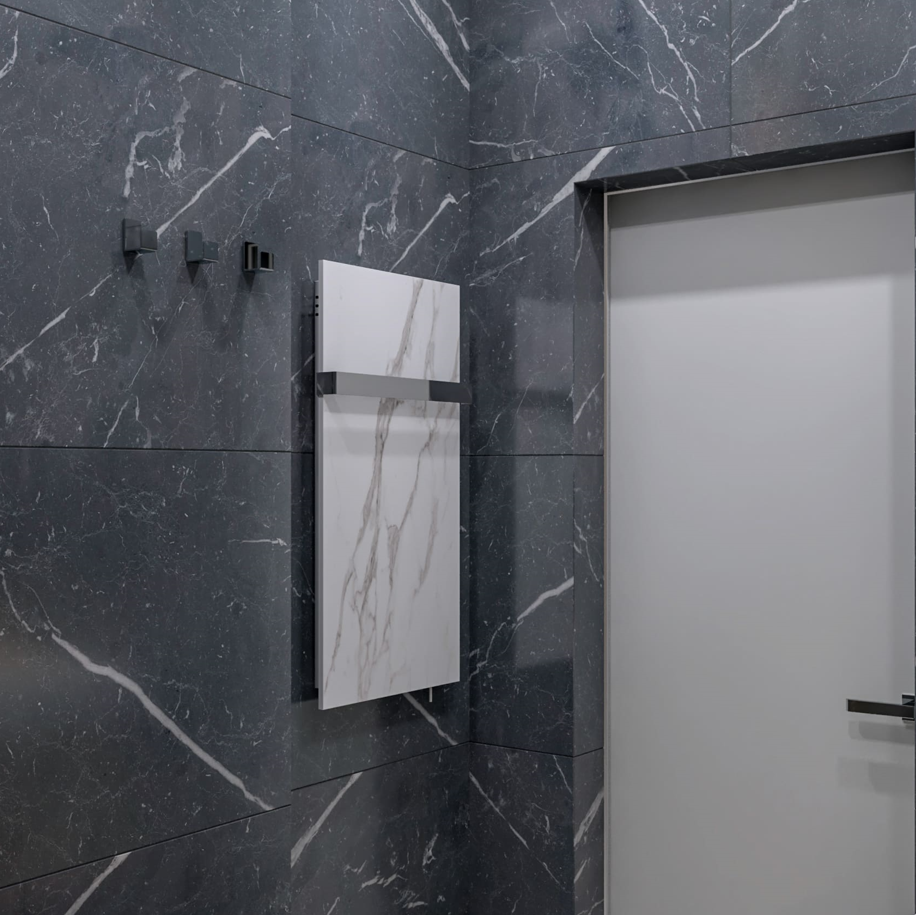
🔥 Electric Heating Panels vs. Traditional Heating Systems: Which Is Better for Your Home in UK?
Share
As energy prices and climate awareness rise, choosing the right heating system is more important than ever for households in England. Homeowners often find themselves weighing electric heating panels against traditional heating systems like gas boilers or central heating radiators. While each has its merits, electric heating panels emerge as the clear winner in terms of cost-efficiency, convenience, and modern appeal.
Let’s break it down.
⚡ What Are Electric Heating Panels?
Electric heating panels are ultra-slim, wall-mounted units that heat your home by radiant or convection heat. They run solely on electricity, converting nearly 100% of energy into heat, and can be controlled independently room-by-room.
📊 Comparison Table: Electric Panels vs. Traditional Heating
| Feature | Electric Heating Panels | Traditional Heating Systems |
|---|---|---|
| Energy Efficiency | 98-100% (no heat loss in pipes) | 70–90% (depends on boiler age) |
| Installation Cost | £200–£500 per panel | £3,000–£5,000 (boiler + pipes) |
| Maintenance Needs | Minimal (no moving parts) | Regular servicing (£80–£150/yr) |
| Heat-Up Time | Fast (3–5 minutes) | Slower (20–30 minutes) |
| Control Flexibility | Zoned control (per room) | Centralised thermostat |
| Aesthetic Appeal | Slim, modern panels | Bulky radiators or units |
| Environmental Impact | Clean with renewable electricity | Relies on gas/fossil fuels |
| Lifespan | 20–30 years | 10–15 years (boiler) |
💰 Cost Comparison: Let’s Do the Maths
🔧 Installation Costs (3-bed home, 5 rooms)
| Item | Electric Panels | Traditional Heating |
|---|---|---|
| Units / Boiler | £1,800 (6 panels) | £2,500 (boiler + radiators) |
| Labour | £500 | £2,000 |
| Total | £2,300 | £4,500 |
✅ Electric heating panels cost around 49% less to install.
⚡ Annual Running Costs (based on 12,000 kWh per year)
| Tariff Type | Electric (Economy 7) | Gas Boiler |
|---|---|---|
| Energy Rate | £0.15/kWh (off-peak) | £0.10/kWh (gas) |
| Efficiency | 100% | 85% |
| Adjusted Usage (kWh) | 12,000 | 14,117 (due to loss) |
| Annual Cost | £1,800 | £1,412 |
🔍 BUT… include boiler maintenance and repair:
| Additional Costs | Electric Panels | Traditional Boiler |
|---|---|---|
| Annual Servicing | £0 | £100 |
| Repairs (avg/year) | £0–£50 | £150 |
| Total Annual Costs | £1,850 | £1,662 |
While traditional systems have a slight edge in fuel costs, electric panels pay off over time due to zero maintenance and cheaper installation.
🌿 Energy Efficiency and Green Credentials
-
Electric panels are 100% efficient at the point of use.
-
When paired with solar panels, electric heating can become carbon neutral.
-
No emissions, no flue, and no boiler = cleaner air in your home.
🛠️ Hassle-Free Installation
Unlike gas heating systems that require:
-
Pipework
-
Radiators
-
Boiler placement
-
Professional gas-safe engineers
Electric heating panels:
-
Mount on any wall with a simple bracket.
-
Plug into a standard socket or connect to mains.
-
Require no planning permission or disruption.
🎨 Sleek, Modern Look
Today’s electric panels come in:
-
Glass, mirror, or stone-effect finishes.
-
Ultra-slim (as thin as 2 cm).
-
Discreet and stylish – perfect for contemporary interiors.
🧠 Smart Control = More Savings
Most panels come with:
-
Wi-Fi or app control
-
Programmable thermostats
-
Zoned heating per room
This means you heat only where and when needed — slashing bills by up to 30% compared to centrally controlled systems.
✅ Conclusion: Electric Panels Are the Smart Choice
For English homeowners, the advantages are clear:
-
✔️ Lower upfront costs
-
✔️ Easy DIY installation
-
✔️ Minimal maintenance
-
✔️ Energy-efficient and eco-friendly
-
✔️ Stylish design
-
✔️ Future-proof (great with solar or heat pumps)
While traditional gas systems are still common, they are increasingly outdated. With energy trends shifting toward electrification and sustainability, electric heating panels are not just a good option—they’re the smart, future-ready choice.
🏡 Ready to Switch?
Choosing electric heating panels could save you thousands over the next decade—all while reducing your carbon footprint and improving your home’s comfort.
